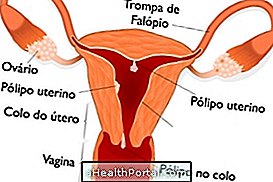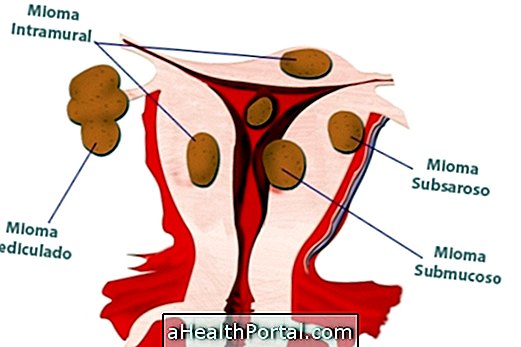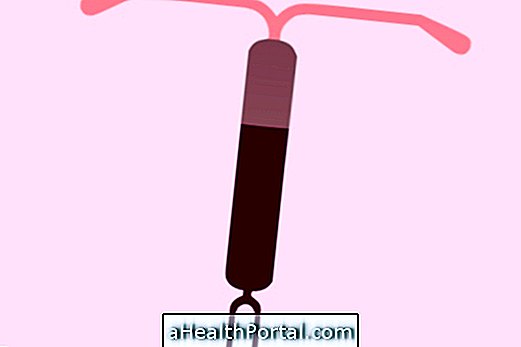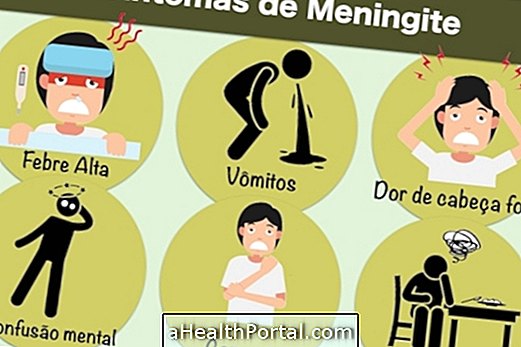Pregnancy without penetration is possible, but it is difficult to do because the amount of sperm that comes in contact with the vaginal canal is very reduced, which makes it difficult to fertilize the egg. Sperm can survive out of the body for a few minutes, and the hotter and more humid the environment, the longer the time can be.
In order to have a chance of pregnancy without penetration, the woman must not be using any contraceptive method. Some situations can increase the risk of getting pregnant without penetration, such as:
- After ejaculation, put the finger or objects that had contact with the sperm inside the vagina;
- The partner ejaculates near the vagina, ie near or above the groin, for example;
- Place the erect penis in some region of the body near the vaginal canal.

In addition to these situations, interrupted intercourse, which consists of withdrawing the penis from the vagina before there is ejaculation, may also represent a risk of pregnancy, since even if there is no ejaculation during penetration, the pre-ejaculatory fluid may also contain spermatozoa, thus, fertilizing the egg. Learn more about interrupted intercourse.
It is still questionable the possibility of pregnancy when wearing underwear and no penetration occurs, as it is not yet known whether the sperm can overcome the tissue and reach the vaginal canal. In addition, ejaculation during anal sex can lead to pregnancy if the fluid flows into the vagina, however, usually this practice does not expose a woman to risk of pregnancy, since she does not have communication between the anus and the vagina, in the However, it can pre-dispose both women and men to infections.
How Not to Get Pregnant
The best way to prevent pregnancy is by using a contraceptive method, such as a condom, birth control pill, IUD, or diaphragm, for example, as they are the safest ways to stop sperm from reaching the egg. Here's how to choose the best contraceptive method.
However, only condoms and condoms are capable of preventing pregnancy and preventing the transmission of sexually transmitted diseases, and are therefore the most appropriate methods for those who have more than one sexual partner, for example.






















